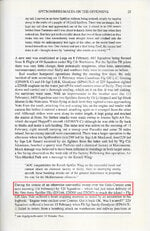Jan Clausen
Recruit
- 1
- Dec 8, 2016
I have heard that the Spitfires flown by the US Army in late '43 and early '44, particularly out of Corsica, Sicily, France, were old models and vastly inferior to the newer models given to the RAF. Is there any truth to this?



